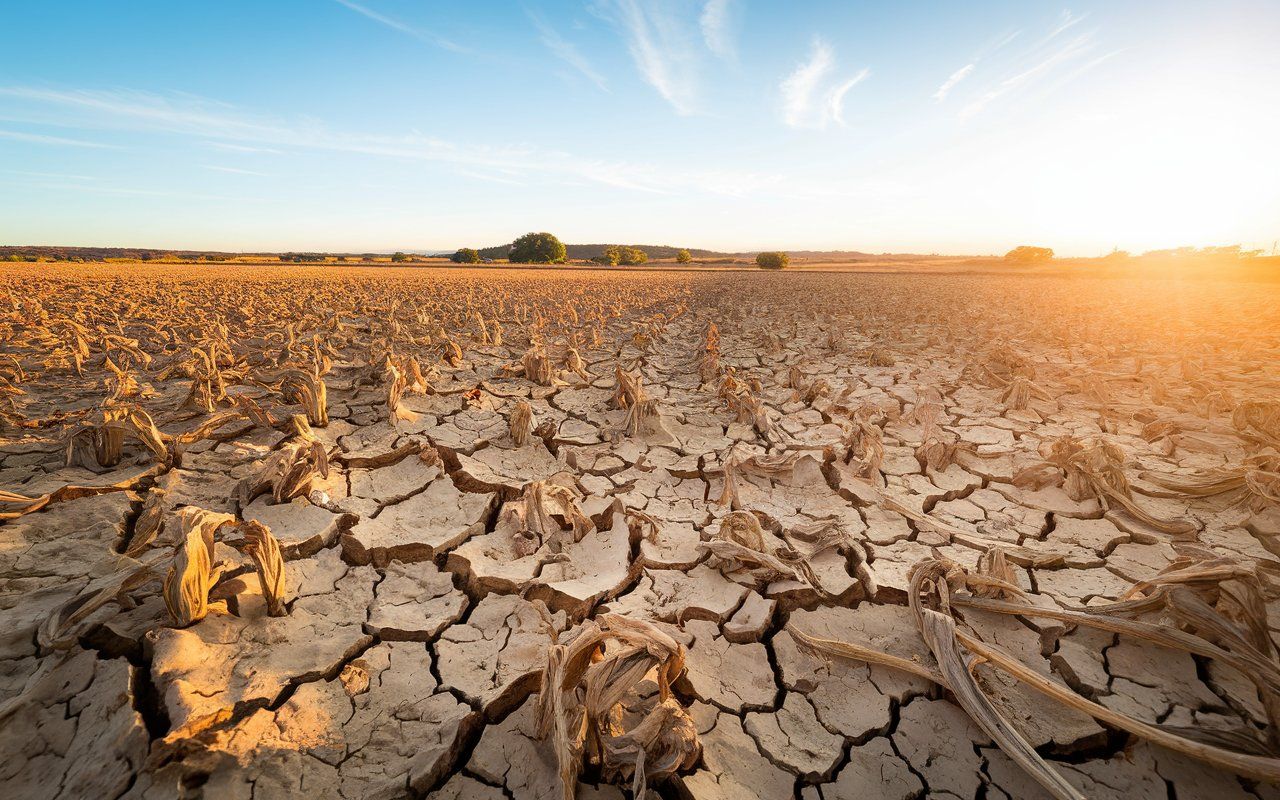Climate change threatens water access for 2 billion people
Follow us on Google News (click on ☆)

The study, published in Earth's Future, explores the effects of a 1.5°C (2.7°F) global temperature increase on the Intertropical Convergence Zone (ITCZ). This band of clouds near the equator plays a crucial role in tropical rainfall distribution. A shift in the ITCZ could permanently alter wet and dry seasons.
Researchers used climate models to simulate different CO2 emission scenarios. In some cases, the ITCZ shifts significantly southward, affecting rainfall in Africa, the Amazon, and Southeast Asia. These changes could disrupt agriculture and ecosystems, with major consequences for local populations.
The weakening of the Atlantic Meridional Overturning Circulation (AMOC) is a key factor in these projections. This ocean current, already weakened by climate change, directly influences the position and intensity of the ITCZ. Models suggest these impacts could be irreversible on human timescales.
The most pessimistic scenarios predict reduced rainfall in Central and West Africa, as well as Southeast Asia, while northeastern Brazil could experience excessive precipitation. These disruptions would affect 23% of the global population and over 12% of land areas.
Richard Allan, a climatologist at the University of Reading, emphasizes the importance of these findings despite some model limitations. He urges taking these projections seriously due to their major implications for water security. Norman Steinert, lead author of the study, stresses the urgency of reducing greenhouse gas emissions to avoid these risks.
What is the Intertropical Convergence Zone (ITCZ)?
The ITCZ is a band of clouds and precipitation that encircles Earth near the equator. It forms where trade winds from the northern and southern hemispheres converge, causing warm, moist air to rise.
This zone is responsible for heavy tropical rainfall and plays a central role in global climate. Its position varies slightly with the seasons, following the apparent movement of the Sun between the tropics.
Changes in the ITCZ's position or intensity can have major impacts on rainfall patterns. A permanent shift could lead to prolonged droughts in some regions and flooding in others.
Understanding ITCZ dynamics is essential for predicting climate change impacts on water resources and tropical ecosystems.
How does AMOC influence climate?
AMOC is a system of ocean currents that transports warm water from the tropics to the North Atlantic, where it cools and sinks before returning south. This oceanic 'conveyor belt' redistributes heat globally.
A weakening AMOC, as recently observed, could disrupt this heat transfer. This might cool some European regions while exacerbating warming in the tropics.
AMOC also influences the ITCZ position by modulating temperature contrasts between hemispheres. Its weakening could therefore contribute to shifting tropical rainfall zones southward.
Scientists closely monitor AMOC evolution, as its changes could have major and sometimes counterintuitive consequences for global climate.